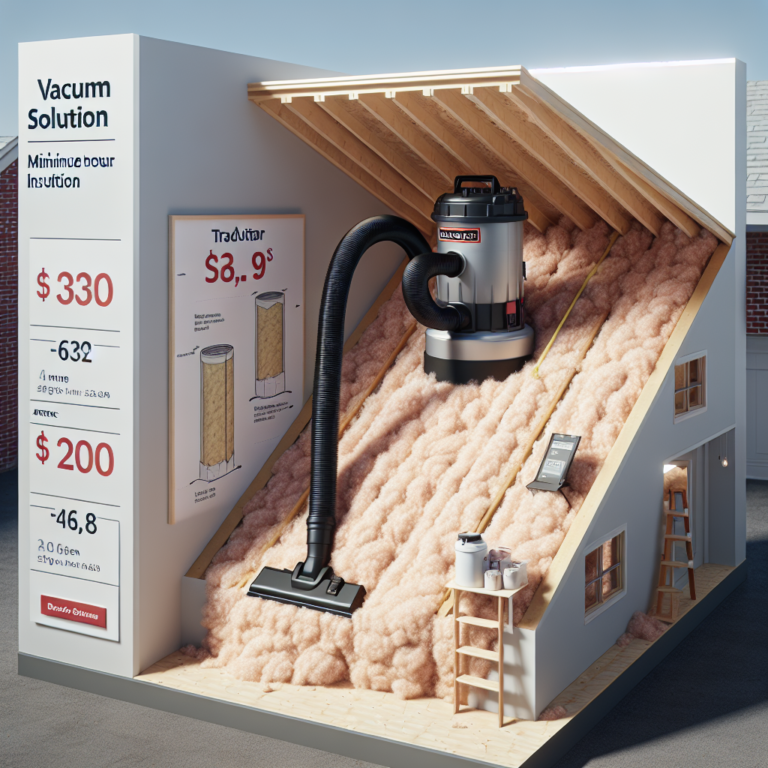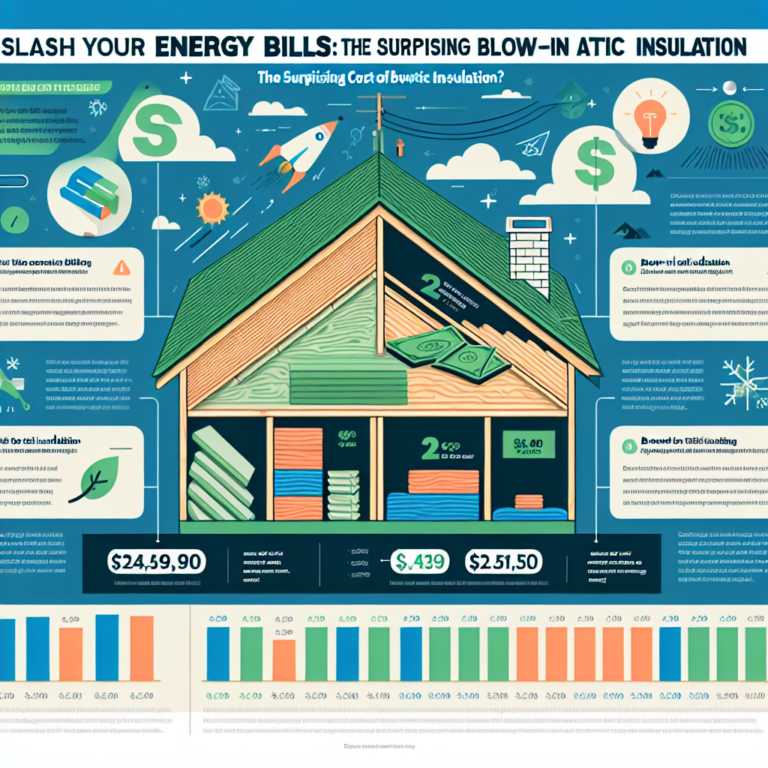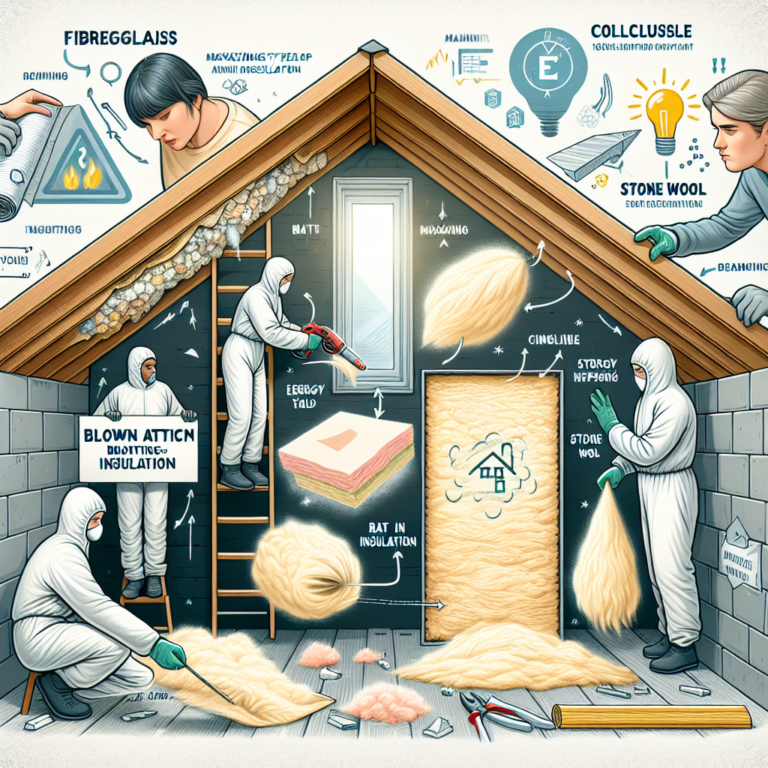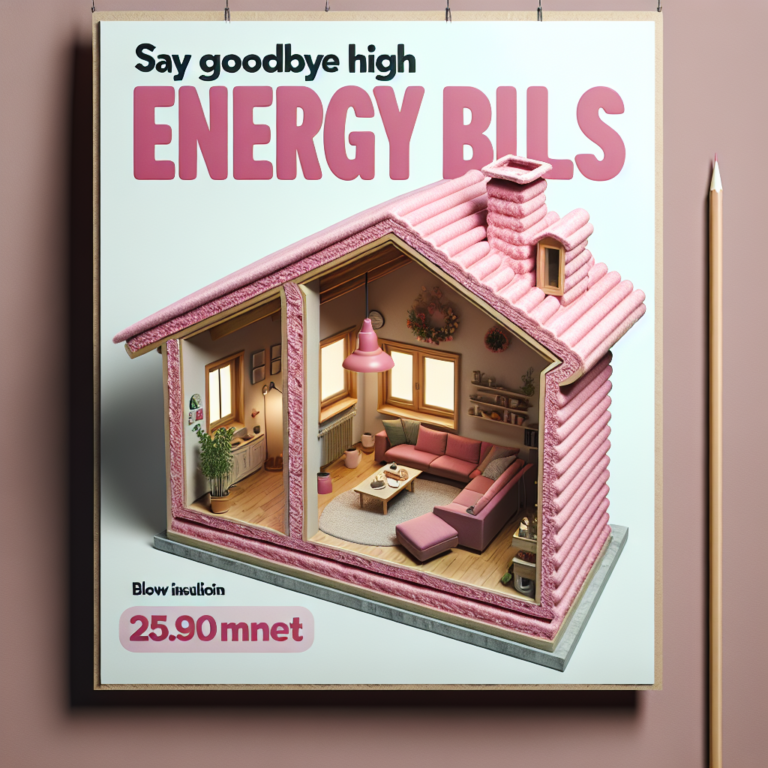Revolutionize Your Home with JM Blown In Insulation: The Ultimate R60 Solution
Introduction to JM Blown In Insulation and the R60 Standard
Transforming your home into an energy-efficient haven starts with superior insulation. JM blown in insulation delivers the R60 blown-in insulation performance that keeps indoor climates steady year-round. By filling every nook and cranny with fiberglass loose-fill, this system locks in warmth during winter and repels heat in summer. In this article, explore how JM blown in insulation can revolutionize your home’s comfort, slash energy bills, and meet the coveted R60 standard.
Benefits of JM Blown In Insulation for R60 Performance
1. Unmatched Energy Efficiency
• R-value measures thermal resistance; R60 blown-in insulation represents one of the highest barriers against heat transfer.
• Achieve consistent indoor temperatures without overworking HVAC systems.
• Potential energy savings of up to 20–30% on heating and cooling costs.
2. Superior Comfort and Air Quality
• Eliminates drafts, hot spots, and cold patches by conforming to irregular surfaces.
• Dampens exterior noise, creating a quieter living space.
• Fiberglass is non-toxic and mold-resistant, promoting healthier indoor air.
3. Cost-Effective Long-Term Solution
• Quick installation minimizes labor costs.
• Loose-fill fiberglass resists settling, maintaining R60 performance for decades.
• Low maintenance requirements make it a one-time investment with lasting returns.
4. Eco-Friendly Insulation Choice
• Manufactured from recycled glass, reducing landfill waste.
• Non-combustible and free of formaldehyde or other harmful chemicals.
• Helps homeowners shrink their carbon footprint through lower energy consumption.
Installation Process for JM Blown In Insulation to Achieve R60
1. Space Preparation
• Clear attic or wall cavities of debris and old insulation.
• Seal gaps around vents, pipes, and electrical wiring to prevent air leakage.
• Wear protective gear—gloves, goggles, and a dust mask.
2. Equipment and Materials
• Insulation blower machine and hose.
• Pre-bagged JM blown in insulation.
• Measuring tape or depth markers to ensure consistent coverage.
3. Determining Required Insulation Depth
• Calculate square footage of the area to be insulated.
• Consult manufacturer guidelines: approximately 20–22 inches of loose-fill fiberglass achieves R60.
• Plan for slight overfill to compensate for future settling.
4. Loading and Operation
• Load insulation bags into the blower according to the machine’s instructions.
• Begin at the furthest corner of the attic or wall cavity.
• Maintain a steady pace and consistent distance from surfaces to distribute material evenly.
5. Quality Control
• Use depth markers or a ruler to spot-check insulation thickness at multiple locations.
• Address low spots or gaps with targeted re-blowing or a hand-held nozzle.
• Ensure no compression of material; compressed fiberglass reduces thermal performance.
6. Cleanup and Final Inspection
• Vacuum or sweep up stray fibers.
• Remove protective coverings from vents once work is complete.
• Confirm that insulation depth meets R60 requirements throughout the space.
JM Blown In Insulation vs. Other R60 Insulation Options
Comparing JM blown in insulation to fiberglass batts, spray foam, or cellulose reveals clear advantages:
• Cost
– JM blown in fiberglass is competitively priced and often less expensive than closed-cell spray foam.
– Batts may cost less per bundle but require more labor and precise cutting.
• Installation Ease
– Blown-in insulation fills irregular cavities and hard-to-reach areas effortlessly.
– Batts struggle around obstructions; spray foam demands professional handling and safety protocols.
• Performance and Durability
– JM blown in insulation resists settling and moisture, maintaining its R60 value long-term.
– Cellulose can settle over time; some spray foams shrink or off-gas with heat fluctuations.
• Environmental Impact
– Fiberglass is non-combustible and made from recycled materials.
– Spray foam relies on petrochemicals and may contribute to indoor VOCs.
Frequently Asked Questions about R60 Blown In Insulation
Q1: Can I achieve R60 insulation in walls as well as attics?
A1: Yes. While R60 is typical for attics, high-performance walls can also benefit from blown-in fiberglass, though local codes may recommend R38–R49.
Q2: How long does JM blown in insulation last?
A2: Properly installed, it retains full R-value for 30–50 years with negligible settling.
Q3: Will it control moisture and mold?
A3: JM blown in insulation resists moisture absorption and is treated to inhibit mold and mildew growth.
Conclusion: Transform Your Home with JM Blown In Insulation
Investing in JM blown in insulation delivers the ultimate R60 solution for homeowners seeking lower energy bills, greater comfort, and a greener footprint. From easy installation to long-lasting performance, R60 blown-in insulation sets the standard for thermal resistance. Embrace this upgrade to revolutionize your home’s efficiency and enjoy year-round comfort while protecting both your budget and the environment.












